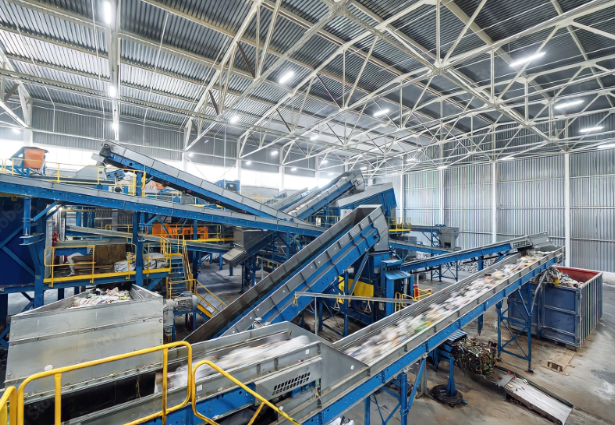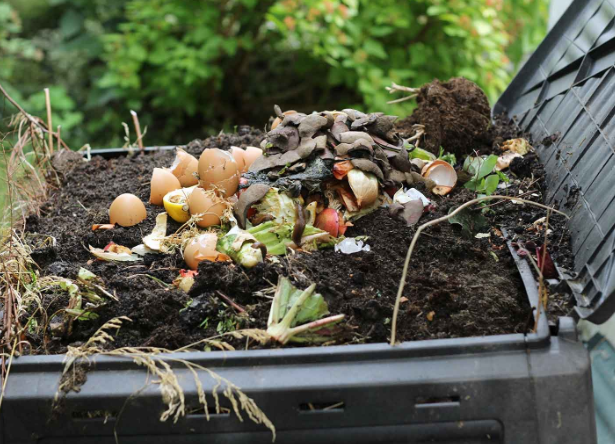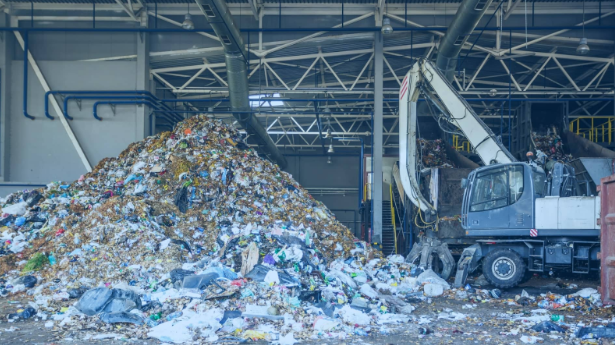
As cities grow larger and more densely populated, managing waste efficiently becomes one of the most pressing challenges for municipal governments. While recycling programs, education, and collection efforts all play crucial roles, one often-overlooked component is the Transfer Station. These centralised facilities are key to streamlining waste logistics, reducing environmental impact, and building a more sustainable urban infrastructure.
What Are Transfer Stations?
Transfer Stations are facilities where local garbage trucks offload collected waste before it’s loaded onto larger, long-distance transport vehicles. Rather than hauling every load of waste directly to a landfill or processing centre, collection trucks make a quick trip to a nearby Transfer Station. From there, the waste is consolidated and transported in bulk—making the entire process more efficient and cost-effective.
This mid-point solution dramatically reduces fuel use, minimises truck congestion on city streets, and speeds up turnaround times for collection services. It also allows municipalities to maintain fewer landfill sites further from city centres, preserving urban land for other uses.
How Transfer Stations Support Urban Sustainability
In a modern city, sustainability goes hand in hand with efficient resource management. Transfer Stations help achieve this in several ways:
1. Fuel Efficiency and Emissions Reduction
By minimising the distance that collection trucks need to travel, Transfer Stations drastically reduce fuel consumption. Rather than driving hundreds of miles to a landfill, trucks can make short, repeated trips to a nearby facility. This leads to lower greenhouse gas emissions and reduces wear and tear on city roads.
2. Optimised Waste Routing
Transfer facilities allow for smarter waste sorting and routing. Many are equipped to separate recyclable materials or divert compostable waste before it’s shipped elsewhere. This upstream sorting leads to more efficient recycling and helps reduce the overall volume of waste sent to landfills.
3. Economic Benefits
Operating fewer, larger transport vehicles from Transfer Stations results in lower costs per ton of waste handled. Municipalities save on labour, fuel, and equipment maintenance. These savings can then be reinvested into other sustainability initiatives like zero-waste programs or clean energy projects.
4. Space and Land Use Efficiency
Urban space is at a premium. Transfer Stations allow cities to operate fewer landfills, which consume significant land area and often face public opposition due to odour and environmental risks. With the right technology and maintenance, transfer facilities can be operated with minimal impact on surrounding neighbourhoods.
Transfer Stations and Public Health
Beyond efficiency, Transfer Stations also support public health. By improving the speed and reliability of waste removal, they reduce the risk of illegal dumping, vermin infestations, and disease spread in densely populated areas. Many modern transfer stations are enclosed or semi-enclosed, limiting odour and dust dispersion and protecting nearby communities.
Additionally, these facilities often serve as emergency backups in the event of landfill closures or natural disasters. Having multiple, strategically located Transfer Stations ensures continuity in waste service operations—an often underestimated but essential function for urban resilience.
Conclusion
As cities continue to expand, the importance of effective waste management systems becomes even more urgent. Transfer Stations are a vital part of that system—acting as logistical hubs that make collection faster, transportation more efficient, and land use more strategic. They reduce emissions, lower costs, and improve the health and livability of urban communities.
The integration of smart infrastructure like Waste Compactors within or alongside these facilities pushes sustainability efforts even further, creating a network that supports both environmental goals and urban functionality.
In short, Transfer Stations are not just practical—they are indispensable. For cities looking to build greener futures, investing in modern waste transfer systems is no longer optional; it’s a necessity.





Write a comment ...